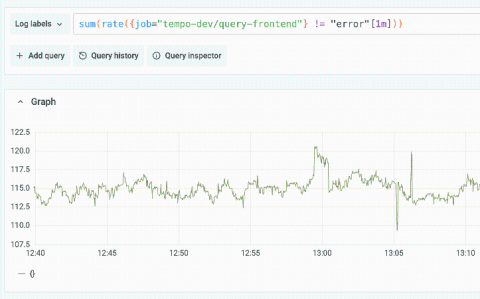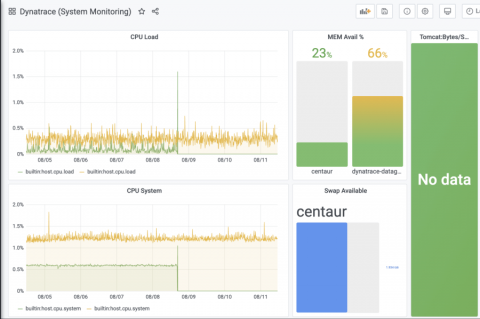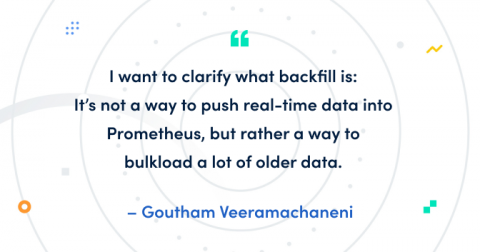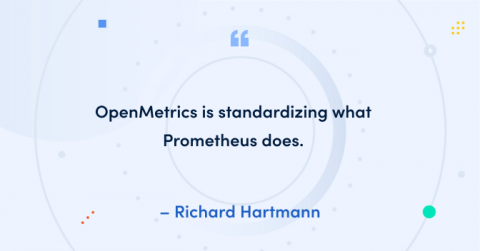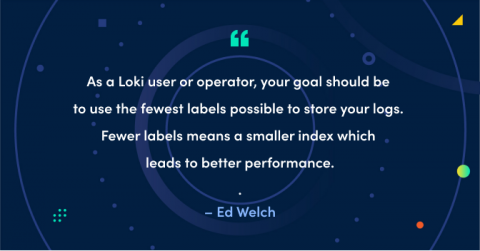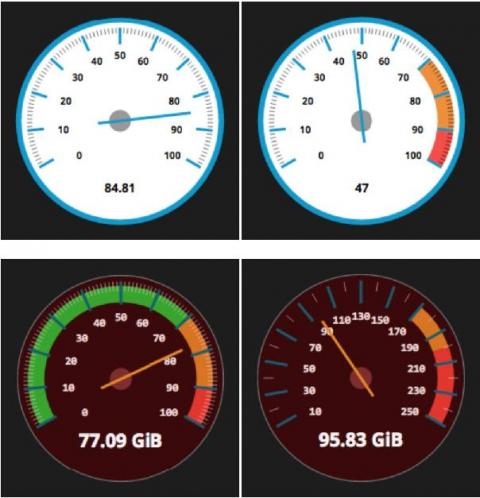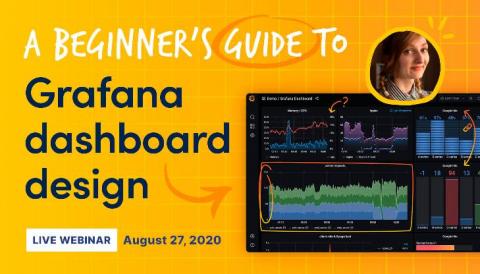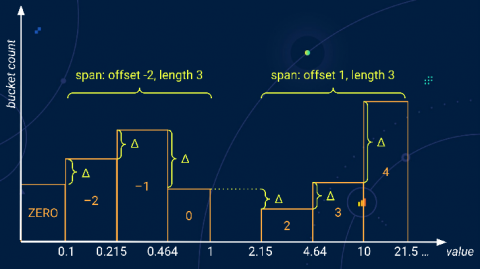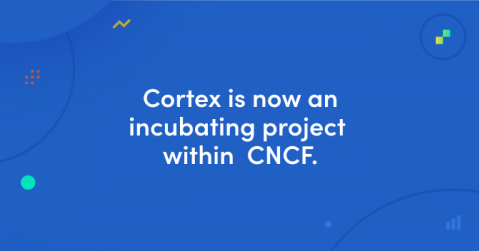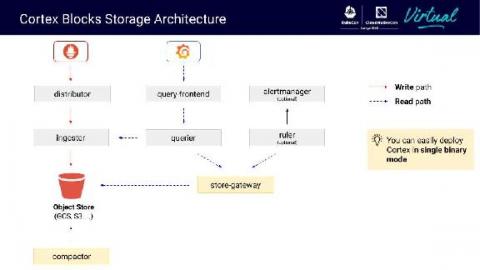All the non-technical advantages of Loki: reduce costs, streamline operations, build better teams
Hi, I’m Owen, one of the Loki maintainers, and I’m putting proverbial pen to paper to convince you why Loki is important. And this isn’t because it scales (it does) or because I work at Grafana Labs (I do). It’s because of the oft-overlooked and underrepresented organizational benefits. Organizational benefits?! What is this, some sort of cult? Why are you avoiding the technicals? Whoa, whoa, whoa. Now, hold on. The technicals are still valid.


